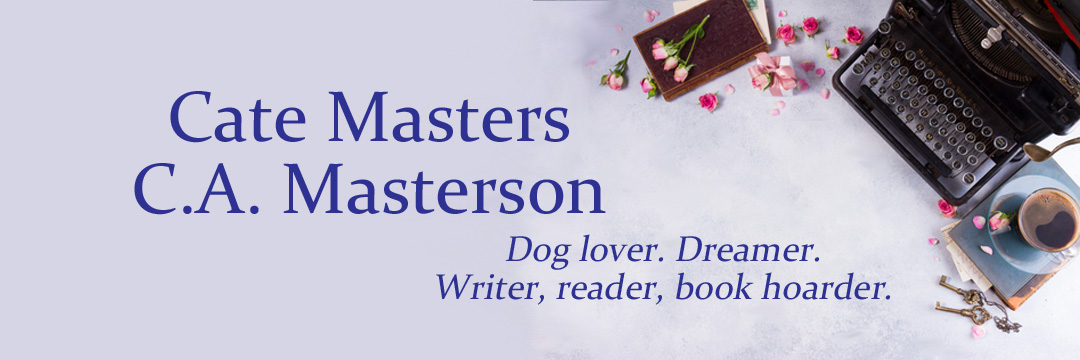Yesterday, bestselling author Danielle Steele appeared on the Today show to promote her new book, Rogue.
The Today show team had managed to find a rare typewriter used by Ms. Steele for first drafts (a feat in itself!). Their online survey’s question asked whether readers would pick up a “bodice-ripper” this summer. This archaic notion doesn’t begin to accurately represent the genre today. I’m surprised at MSNBC’s shoddy journalism in not researching the subject beforehand, and for promoting an outdated stereotype.
Bestselling romance author Leigh Michaels said in an article titled, Introduction to the Romance Novel: “Romance novels--contemporary and historical--are the best-selling segment of the paperback book market in North America. According to the Book Industry Study Group, almost 49 per cent of mass market paperbacks sold in the United States each year are romances. It's a market that totals well over half a billion dollars each year in North America. One publisher, Harlequin Books, publishes in 25 languages, and their product is available in 120 countries from Abu Dhabi to Zimbabwe. In its history, Harlequin has shipped more than three billion books, and the company sells about six books a second, around the clock.”
That only relates to romance novels. Screenwriters have equally impressive success. According to Michael Hauge’s Writing Romantic Comedies, “Since the release of Sleepless in Seattle in 1993, there hasn’t been a single year in which at least one romantic comedy didn’t surpass the $100 million dollar mark.”
Ms. Michaels’ research showed that the average reader was a 39-year-old female, but went on to say: “A good many men read romances, too, but few of them talk about it. (Some even subscribe to by-mail book clubs in their wives' names, to keep their secret from the mailman.) The youngest reader I've heard from is ten and the oldest is 95.”
These statistics provide a more accurate view than MSNBC’s online survey ever could.
If the Today show’s writers had looked at The Wild Rose Press Web site at www.thewildrosepress.com, they would have found the genre has evolved far beyond the “bodice-ripper” stereotype. Contemporary romance writers, and readers, have fourteen sub-genres from which to choose: Mystery and Suspense, Light Paranormal, Erotic Romance, Non-American Historical, Western Historical, Cowboy Contemporary, Sweet Contemporary, Classic Romance (Vintage), Dark Paranormal, Contemporary, Inspirational and Young Adult. This last is a critical component because today’s youth needs a literary outlet other than Harry Potter to pique their interests. Beyond that, the YA Romance provides young readers with positive role models. Ms. Michaels said: “Some of my teenage fans write that reading the books has helped them to believe that there are special men in the world and they don't have to settle for the first one who comes along.” Many writers do an incredible amount of research to provide accurate setting details to stage their stories in a realistic context.
A follow-up by the Today show is warranted. Give your viewers the real story, Matt.
Survey Update: As of 9:30 on June 19, the Today survey indicated 46% read romance novels, 31% purported they “didn’t touch” them, and 23% said sometimes.
